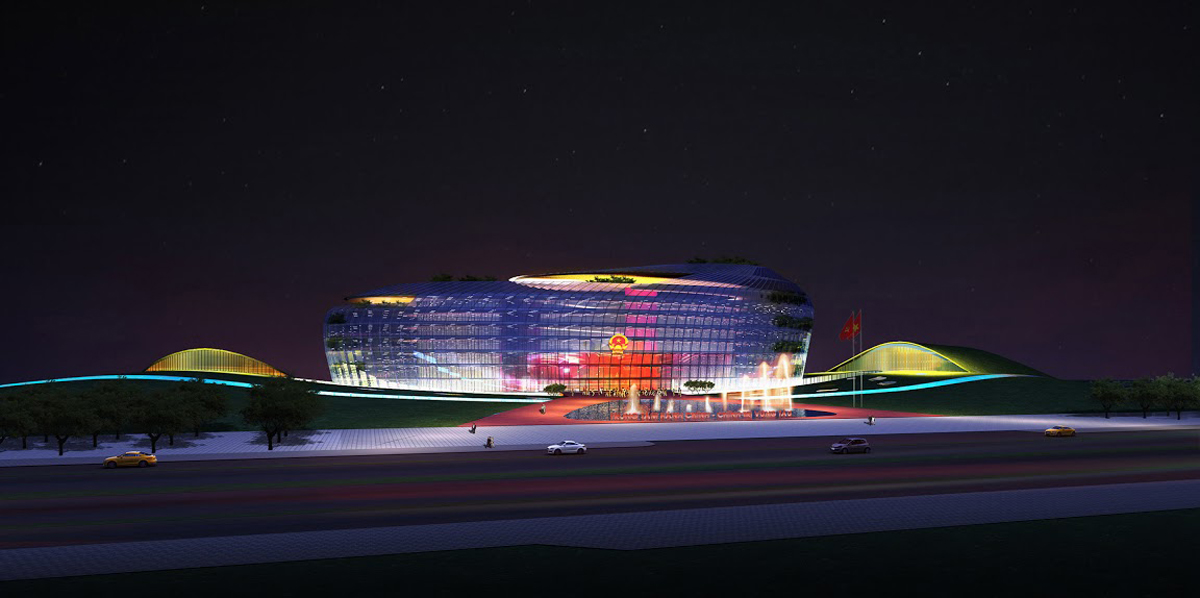DHV Head Office design by DHV Architects

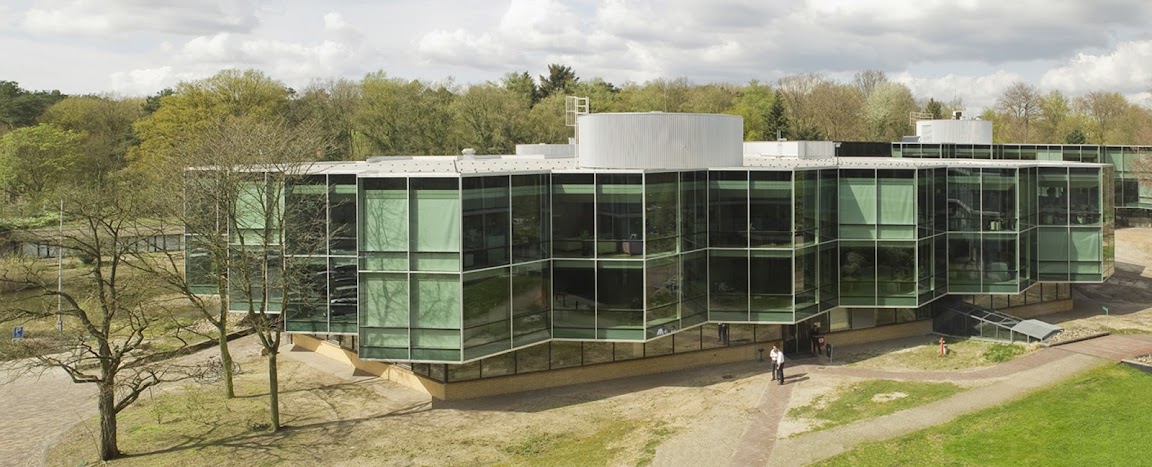


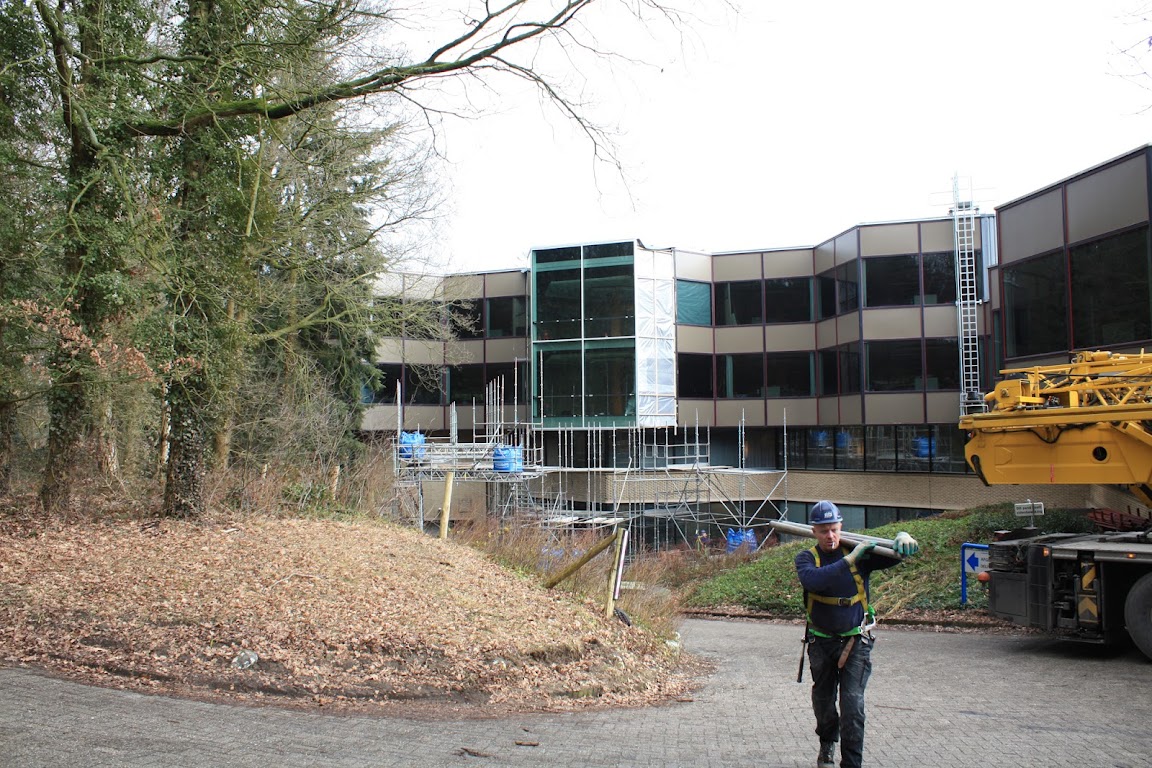
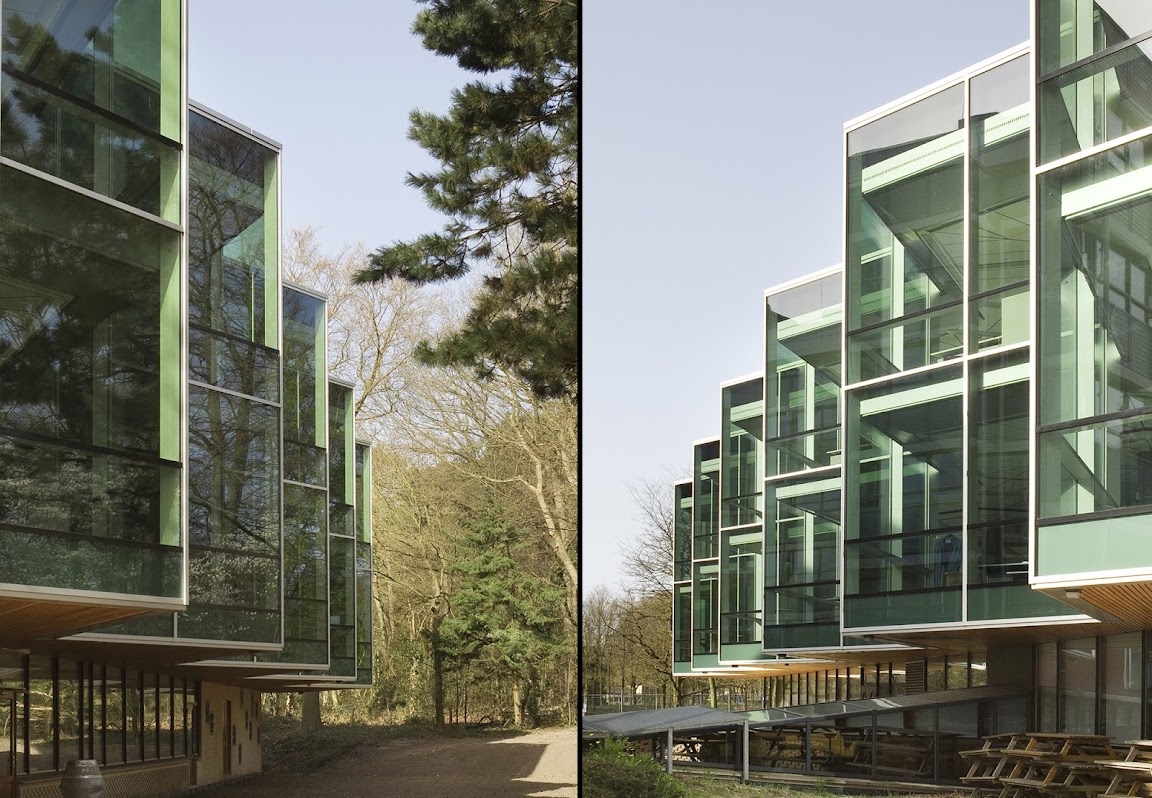





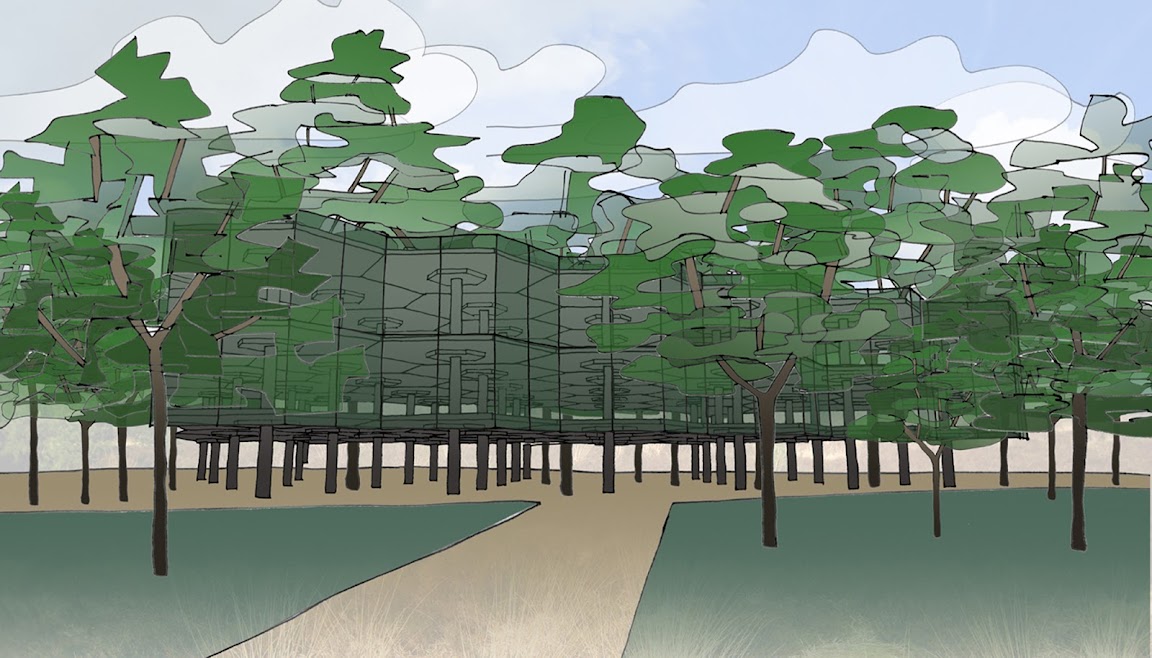


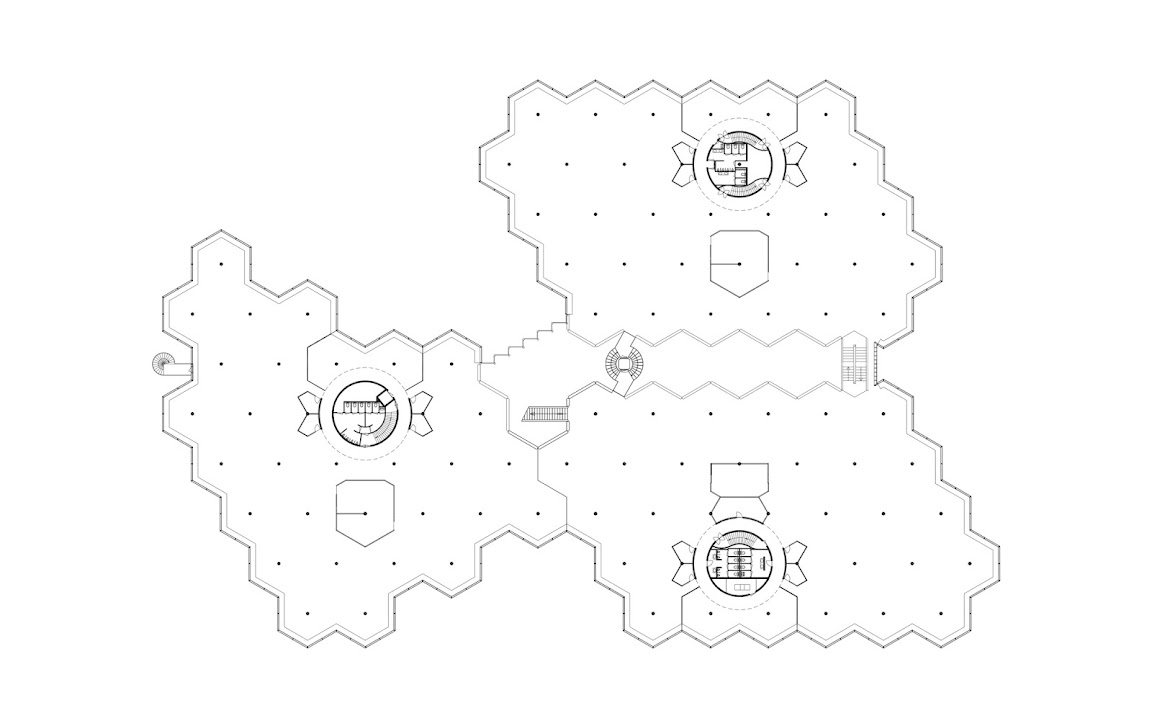

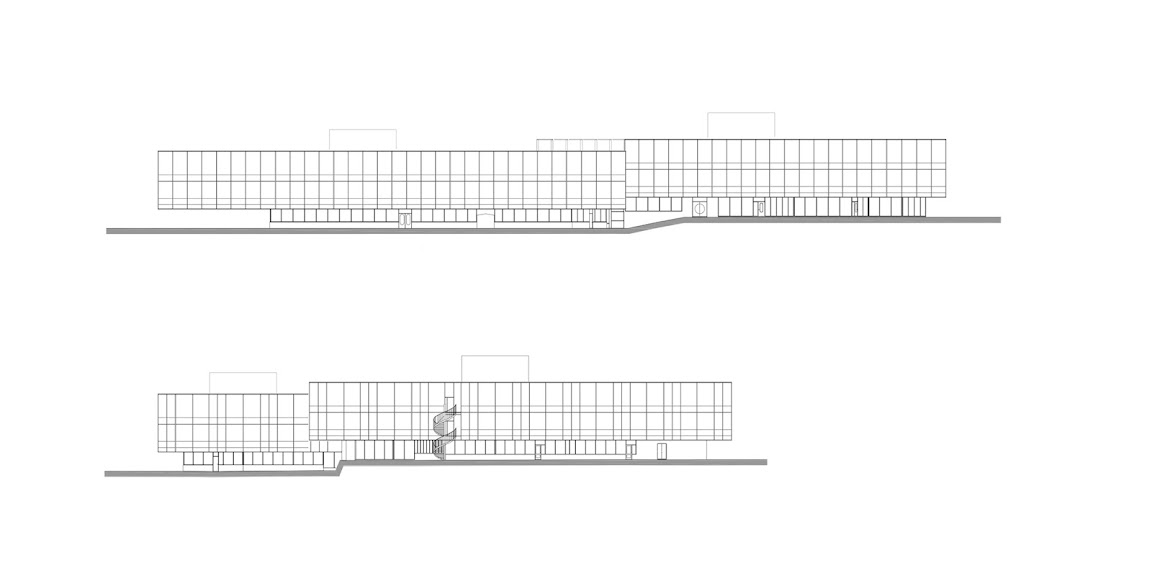
 Architects: DHV Architects
Location: Amersfoort, the Netherlands
Contractor Civil: Dura Vermeer
Contractor HVAC/ Electrical: Wolter en Dros
Project Year: 2011
Photographs: Courtesy of DHV Architects
Architects: DHV Architects
Location: Amersfoort, the Netherlands
Contractor Civil: Dura Vermeer
Contractor HVAC/ Electrical: Wolter en Dros
Project Year: 2011
Photographs: Courtesy of DHV Architects
History
The 40-year old building was originally designed by the Dutch architect David Zuiderhoek (1933-1998) in the late sixties. His statement “…I am attached to this building because it is nearly no architecture” was based on the typical design of the building as an example of Dutch structuralism. The layout of the building shows a structural grid of hexagons connected by an atrium. The facade of the building is designed only as the formal result of the chosen grid, and with this Zuiderhoek continues “…and let’s be honest, isn’t it the hardest part for the architect to withdraw”. The building was designed as on large open office area, which was a new phenomenon in that time. Interaction between people and between different disciplines, would definitely lead to better performances. These social ideas were contemporary at that time and also a base for design. Together with this, the engineers of DHV took responsibility for creating the best (technical) conditions in such a new environment. Daylight, acoustic performance, ventilation etc were all important aspects in the success of this building.Urgency for renovation
After 40 years the building with its open office is still in use by DHV. For this, there is no urgency to change or renovate the building. On the contrary, employees are satisfied with their open and inspiring environment, in close contact with nature. The urgency for the renovation was based on the poor condition of the facade. It was no longer possible to sustain its condition. DHV opted for a sustainable renovation of the building in terms of lifecycle, energy consumption, carbon footprint, material reuse and finance.Transparency and architecture
With admiration for the design its qualities are maintained or even strengthened. The building, erected in the woods of Amersfoort shows its awareness of this green environment. The hexagons with the concrete columns are put together like trees in the wood. Anyhow, the old wooden window frames are replaced by a transparent curtain wall. With this glass skin for the open offices, the structural grid of hexagons becomes more visible. More daylight enters the building, and interaction between interior and exterior is exiting. With this working in the midst of nature becomes more prominent.Sustainable renovation
Together with the facade a new HVAC system was integrated, ict and lighting was modernized, and the entire building was more insulated. In order to get better results with fewer investments (what do we really need) the design team made a lot of performance calculations. The effectiveness of insulation, white roof finishing material, sun protection, and HVAC systems were developed together towards an integrated sustainable design as a result of it. Materials, such as wooden ceilings, roof finishing, brickworks were reused and necessary HVAC replacements were also defined into maintenance planning. Without reinforcement the existing roof structure did not allow us, to cover it with solar panels or even make a green roof. The chosen light grey roof finishing however reflects the heat and with more insulation we could use sun-steered light protection on the inside of the building. One of the key features of the building is the overwhelming interior space. The open space could be maintained with an innovative water mist system. This system, for the first time also used for an office building in the Netherlands, fore filed the latest regulations for fire-fighting.Next step
This renovation appears to be a crucial step for the sustainable maintenance of the building and it allows us to focus on further sustainable development in time. Not necessarily today but tomorrow, we‘ll focus on: The landscaping of the vulnerable surroundings of the building, the workplaces itself, geo-thermal containment which can be installed at a later phase, after the life cycle ending of the existing HVAC equipment. Solar panels on the roof, water saving solutions etc. Source: DHV Architects m i l i m e t d e s i g n – W h e r e t h e c o n v e r g e n c e o f u n i q u e c r e a t i v e s
TYPE OF WORKS
Most Viewed Posts

Lotte World Tower design by KPF
2557 views

Lusail Museum design by Herzog & de Meuron
2440 views

Chaoyang Park Plaza design by MAD Architects
2154 views
Since 2009. Copyright © 2023 Milimetdesign. All rights reserved. Contact: milimetdesign@milimet.com
























